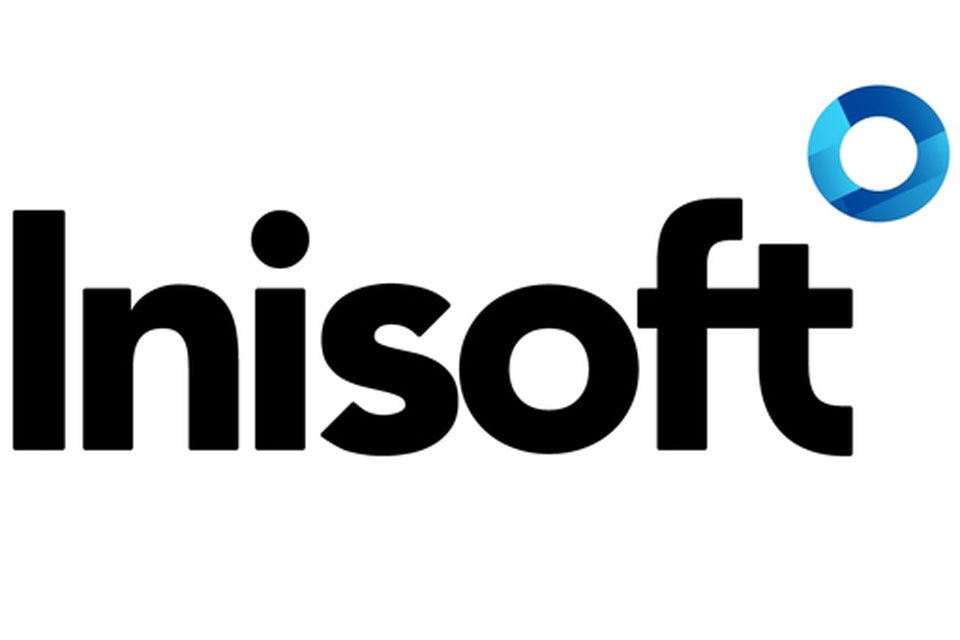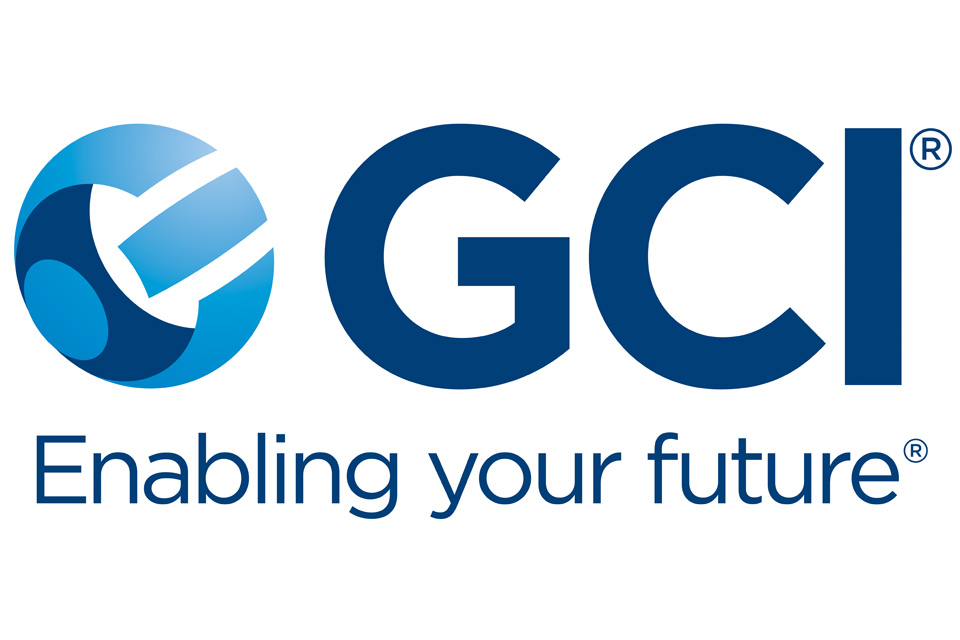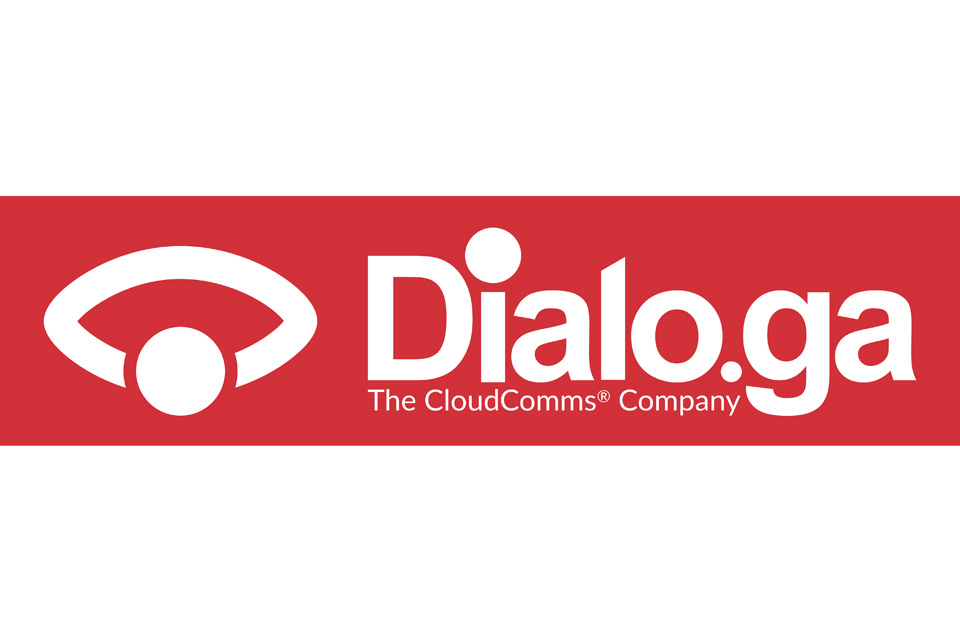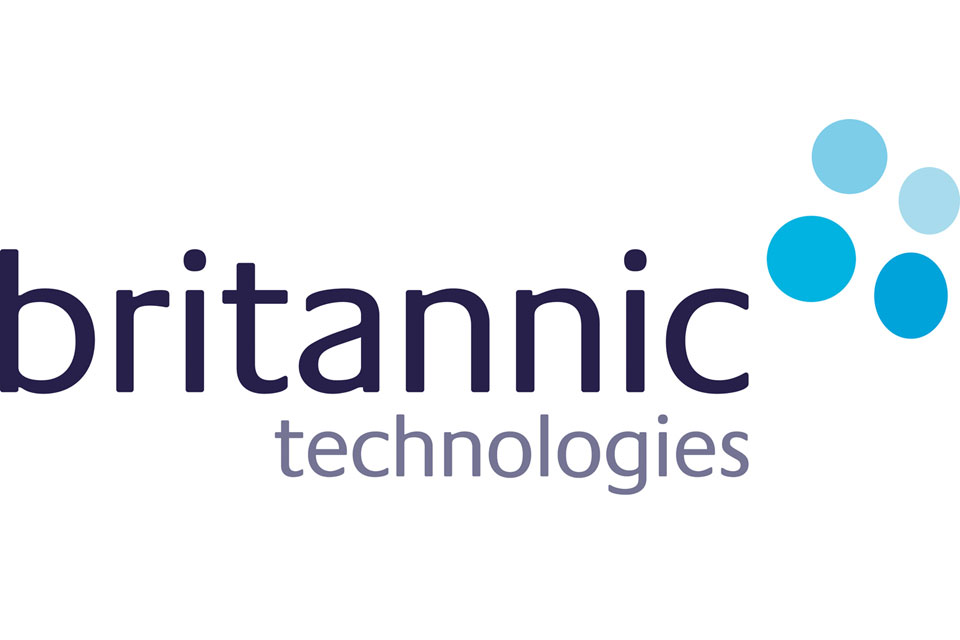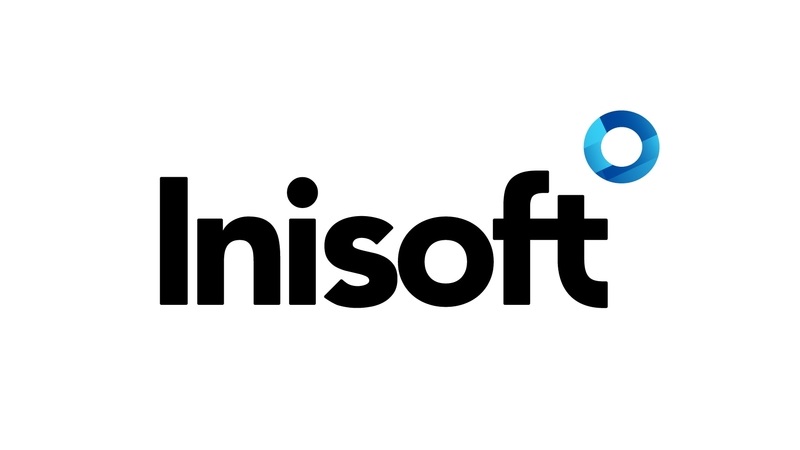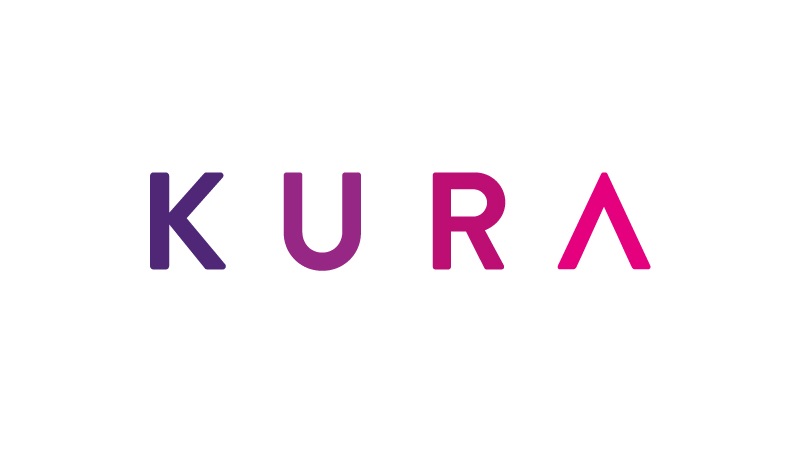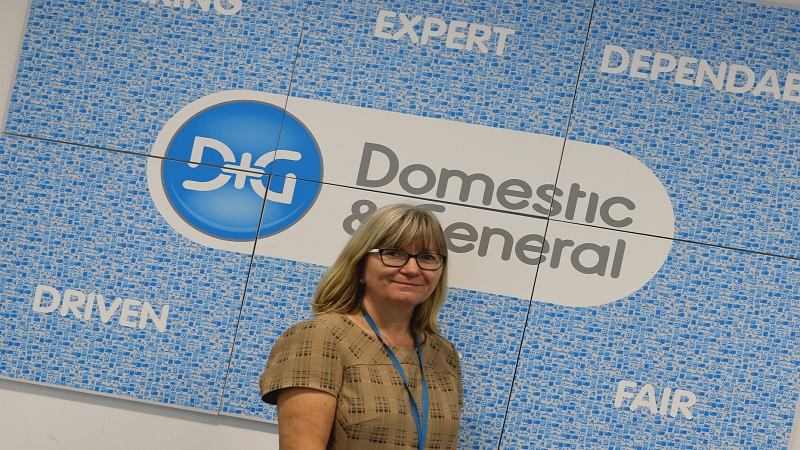INDUSTRY SPOTLIGHT: Introducing Syntelate XA, Inisoft’s new Omni-Channel Customer Engagement Suite
https://contactcentresummit.co.uk/wp-content/uploads/2017/09/Inisoft.jpg 960 640 Stuart O'Brien Stuart O'Brien https://secure.gravatar.com/avatar/9defd7b64b55280442ad2d7fb546a9db?s=96&d=mm&r=gInisoft has spent years listening to its customers and agent feedback to produce its best and most powerful contact centre solution yet.
So what is Syntelate XA and what does this mean for you?
Quite simply, Syntelate XA unites all your communication channels, allowing your contact centre agents to provide the best customer service to your clients. It’s simple yet powerful.
Simple: Inisoft believes agents should spend their time doing what humans do best: connecting with your customers. That’s why with Syntelate XA, your agents can handle inbound calls, outbound calls, emails, web chats, SMS messages, and social media interactions – all from the same simple interface.
Powerful: Using Inisoft’s simple design tools, you can configure Syntelate XA to exactly meet your needs. What’s more, with its Voice of the Customer, Voice of the Agent, and dashboard solutions, you can monitor the effectiveness of your contact centre in real time.
Check out the demo video here!
For more information visit www.inisoft.com or contact info@inisoft.com.

